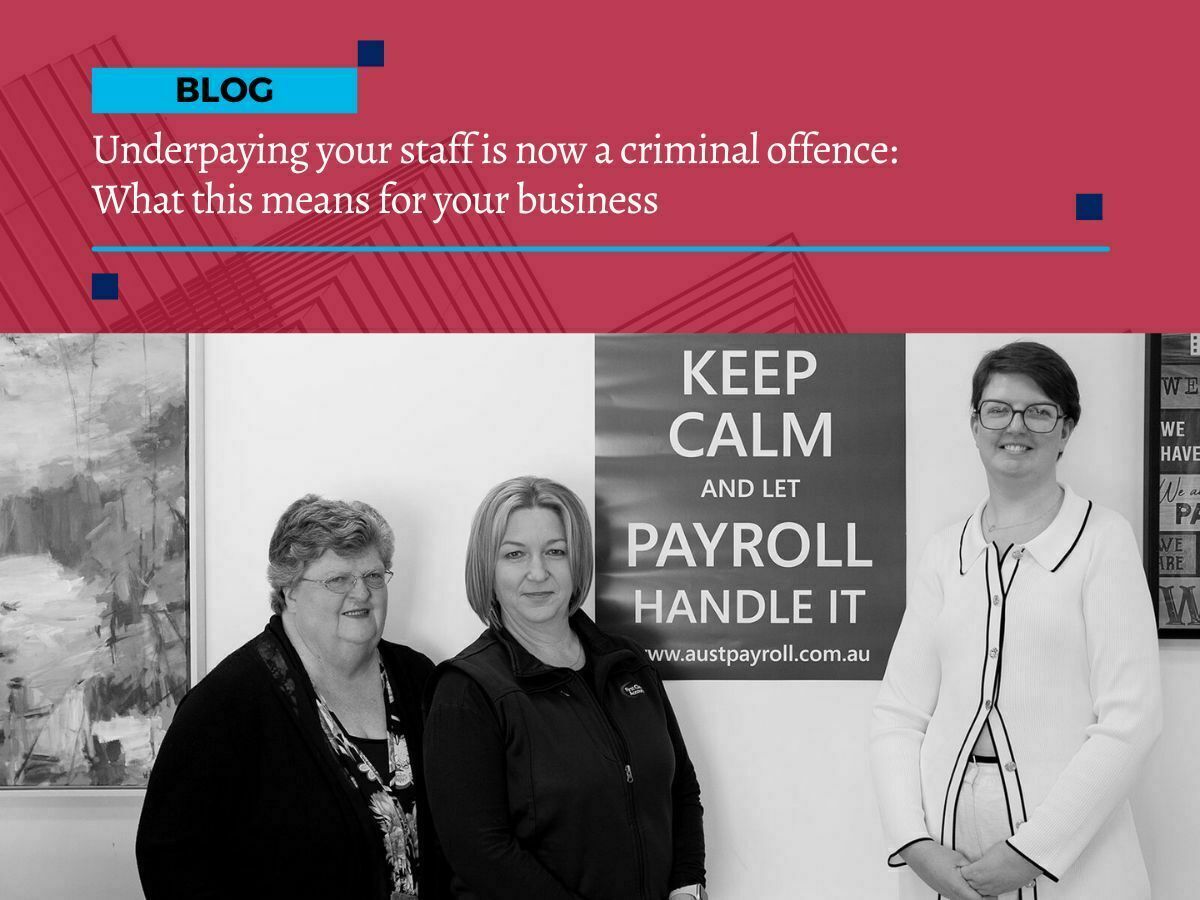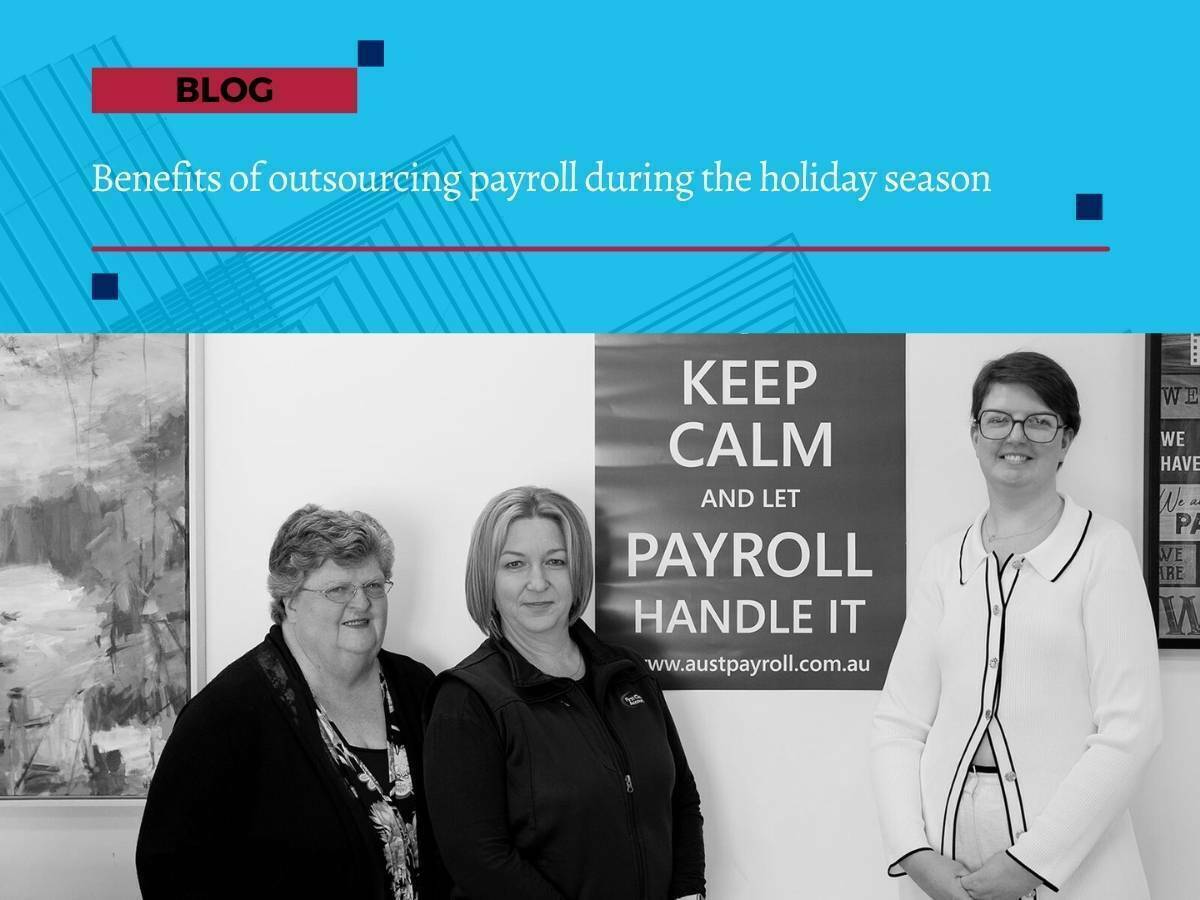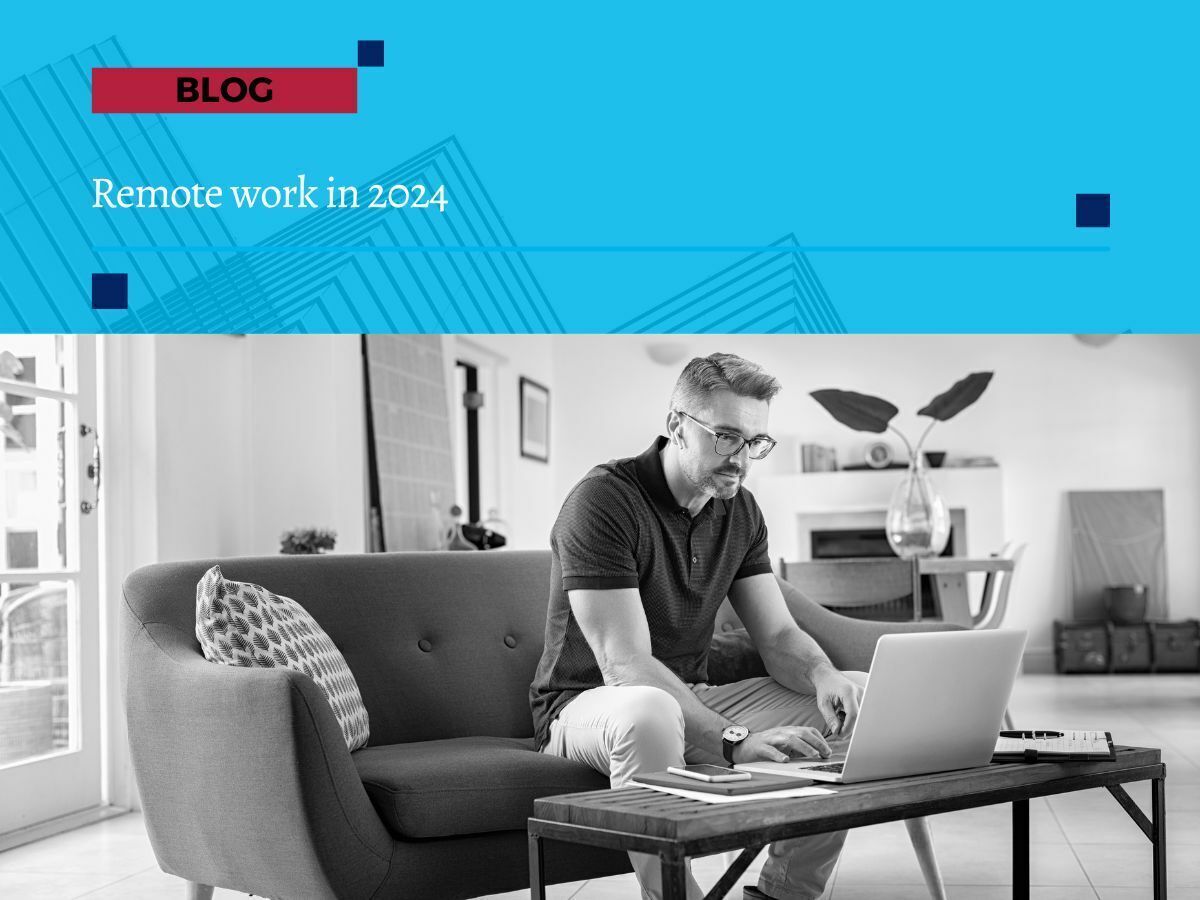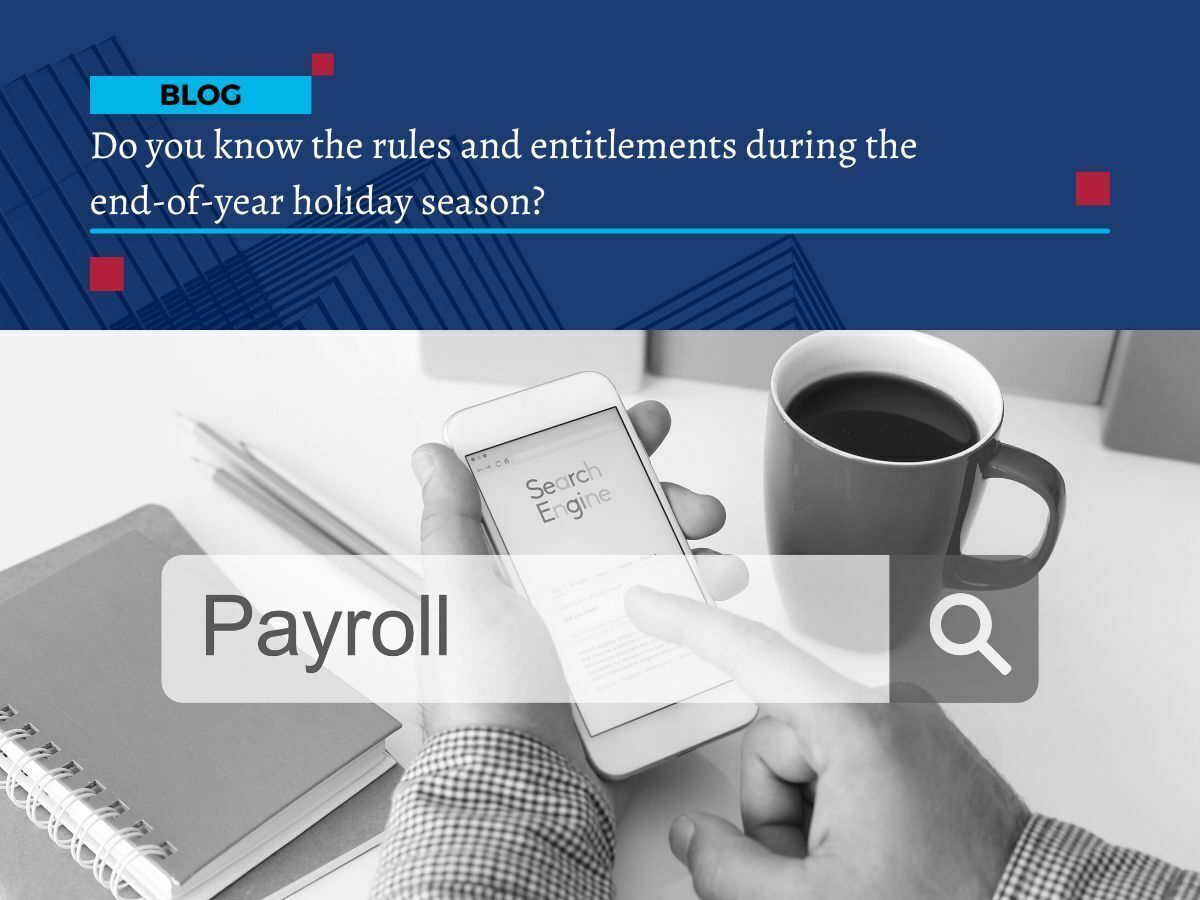
Rise in the minimum wage: the impact for your business
Rise in the minimum wage: the impact for your business
On 3 June 2025, the Fair Work Commission’s Expert Panel announced the National Minimum Wage and award wages will increase by 3.5%) from 1 July 2025. This wage increase follows on from the 2024-25 Annual Wage Review and its recommendations.
This increase in basic pay is great news for Australian workers, especially with the country facing an ongoing cost-of-living crisis.
But how will an increased wages burden affect your small business?
What’s the new minimum wage?
The 3.5% increase will mean that the National Minimum Wage will increase by:
$0.85 to $24.95 per hour
$32.10 to $948.00 per 38-hour week
$1,669.20 to $49,296.00 per year.
How will the wage increase impact your payroll costs?
If your workforce includes a large percentage of employees that are currently on the minimum wage of $24.10, that jump of 85 cents per hour will put extra pressure on your cashflow.
For example, if you’re currently employing 20 people on the minimum wage, and pay them every two weeks, the salary component of your payroll will jump from $36,636 to $37,920. That’s an extra $1,284 on your payroll bill every fortnight – and that’s before you factor in super contributions and other benefits.
If you’re managing your own payroll in-house, now might be the time to hand that task over to a payroll specialist.
At First Class Accounts Ovens & Murray, we can take care of your weekly, fortnightly or monthly payroll, ensure your team gets paid on time and in line with the rules, and keep your STP compliance up to date.
We also help you plan for changes like these by building your payroll into cashflow forecasting, so there are no surprises when it comes to your outgoings.
Talk to us about preparing for the wage increase
If you’re concerned about the cashflow impact of an increase to the minimum wage, please do come and talk to the team.
We can review your payroll structure, forecast the impact of wage increases, and identify efficiencies in your payment processes. And because we’re a 100% contract service, you’ll never have to worry about payroll being delayed due to leave or unexpected absence.
We also help you understand what the increase means for your overall obligations – from super to leave accruals – and ensure your systems are set up to handle changes automatically if you're using cloud-based payroll or accounting software. If not, we can help get you set up with the right software for your business.
We can review the overall effect of the 3.5% rise and suggest ways to mitigate the impact on your payroll costs, cashflow and overall financial position.








